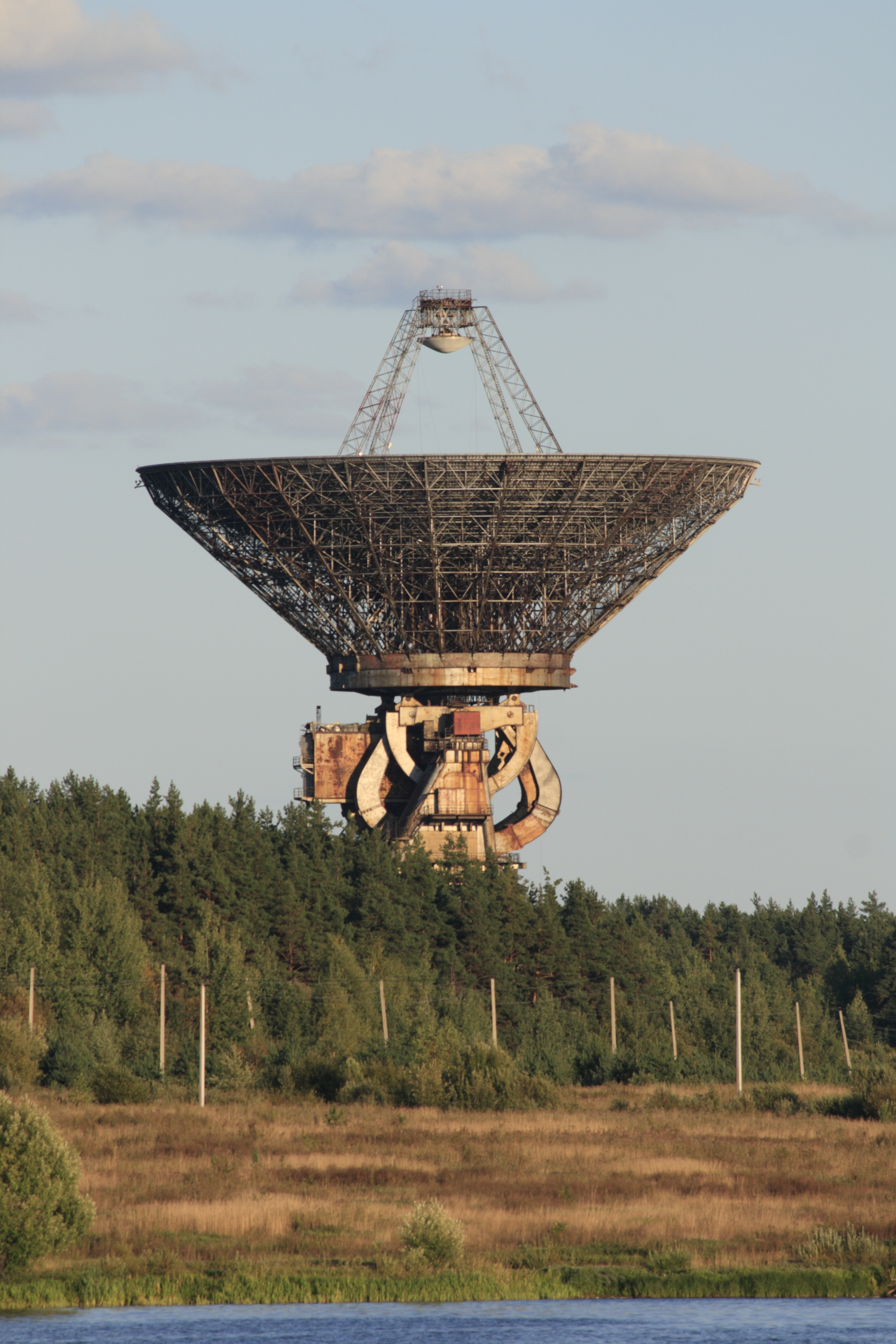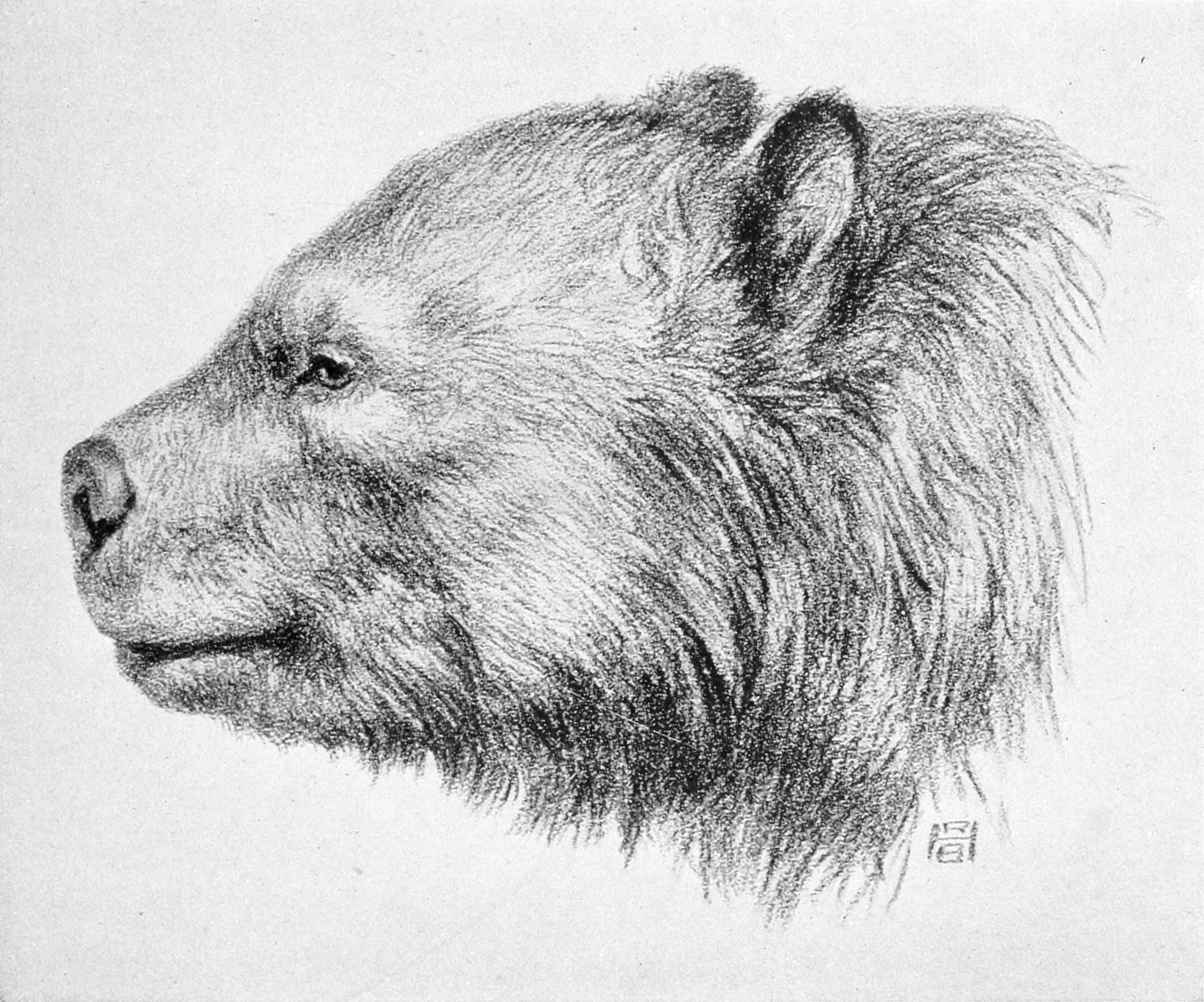|
RT-64
There are two radio telescopes designated RT-64 (TNA-1500), both in Russia and with similar specifications. With their 64m antenna diameter, they are among the largest radio telescopes in the world. They are: * the Bear Lakes RT-64 radio telescope at the Bear Lakes Satellite Communications Center, in Bear Lakes, Shchyolkovo, near Moscow. * the Kalyazin RT-64 radio telescope at the Kalyazin Radio Astronomy Observatory, Kalyazin, Russia See also * RT-70 There are three radio telescopes designated RT-70, all in countries that were once part of the former Soviet Union, all with similar specifications: 70m dishes and an operating range of 5–300 GHz. The Yevpatoria telescope has also been used ..., a larger aperture Russian design. References External links Bear Lakes Radio Astronomy Station* Don P. Mitchel Radio telescopes Soviet inventions {{SIA ... [...More Info...] [...Related Items...] OR: [Wikipedia] [Google] [Baidu] |
RT-70
There are three radio telescopes designated RT-70, all in countries that were once part of the former Soviet Union, all with similar specifications: 70m dishes and an operating range of 5–300 GHz. The Yevpatoria telescope has also been used as a radar telescope in observations of space debris and asteroids. With their 70m antenna diameter, they are among the largest radio telescopes in the world. They are: * the Yevpatoria RT-70 radio telescope at the former soviet Center for Deep Space Communications or West Center for Deep Space Communications, Yevpatoria, Crimea ( Russian-annexed, internationally recognised as part of Ukraine) * the Galenki RT-70 radio telescope at the East Center for Deep Space Communications, Galenki (Ussuriysk), Russia * the Suffa RT-70 radio telescope at the Suffa Radio Observatory on the Suffa plateau, Uzbekistan In 2008, RT-70 was used to beam 501 messages at the exoplanet Gliese 581c, in hopes of making contact with extraterrestrial intellig ... [...More Info...] [...Related Items...] OR: [Wikipedia] [Google] [Baidu] |
Radio Telescopes
A radio telescope is a specialized antenna and radio receiver used to detect radio waves from astronomical radio sources in the sky. Radio telescopes are the main observing instrument used in radio astronomy, which studies the radio frequency portion of the electromagnetic spectrum emitted by astronomical objects, just as optical telescopes are the main observing instrument used in traditional optical astronomy which studies the light wave portion of the spectrum coming from astronomical objects. Unlike optical telescopes, radio telescopes can be used in the daytime as well as at night. Since astronomical radio sources such as planets, stars, nebulas and galaxies are very far away, the radio waves coming from them are extremely weak, so radio telescopes require very large antennas to collect enough radio energy to study them, and extremely sensitive receiving equipment. Radio telescopes are typically large parabolic ("dish") antennas similar to those employed in tracking and c ... [...More Info...] [...Related Items...] OR: [Wikipedia] [Google] [Baidu] |
Russia
Russia (, , ), or the Russian Federation, is a List of transcontinental countries, transcontinental country spanning Eastern Europe and North Asia, Northern Asia. It is the List of countries and dependencies by area, largest country in the world, with its internationally recognised territory covering , and encompassing one-eighth of Earth's inhabitable landmass. Russia extends across Time in Russia, eleven time zones and shares Borders of Russia, land boundaries with fourteen countries, more than List of countries and territories by land borders, any other country but China. It is the List of countries and dependencies by population, world's ninth-most populous country and List of European countries by population, Europe's most populous country, with a population of 146 million people. The country's capital and List of cities and towns in Russia by population, largest city is Moscow, the List of European cities by population within city limits, largest city entirely within E ... [...More Info...] [...Related Items...] OR: [Wikipedia] [Google] [Baidu] |
Bear Lakes RT-64 Radio Telescope
Bears are carnivoran mammals of the family Ursidae. They are classified as caniforms, or doglike carnivorans. Although only eight species of bears are extant, they are widespread, appearing in a wide variety of habitats throughout the Northern Hemisphere and partially in the Southern Hemisphere. Bears are found on the continents of North America, South America, Europe, and Asia. Common characteristics of modern bears include large bodies with stocky legs, long snouts, small rounded ears, shaggy hair, plantigrade paws with five nonretractile claws, and short tails. While the polar bear is mostly carnivorous, and the giant panda feeds almost entirely on bamboo, the remaining six species are omnivorous with varied diets. With the exception of courting individuals and mothers with their young, bears are typically solitary animals. They may be diurnal or nocturnal and have an excellent sense of smell. Despite their heavy build and awkward gait, they are adept runners, climbers, ... [...More Info...] [...Related Items...] OR: [Wikipedia] [Google] [Baidu] |
Bear Lakes Satellite Communications Center
Bears are carnivoran mammals of the family (biology), family Ursidae. They are classified as caniforms, or doglike carnivorans. Although only eight species of bears are extant, they are widespread, appearing in a wide variety of habitats throughout the Northern Hemisphere and partially in the Southern Hemisphere. Bears are found on the continents of North America, South America, Europe, and Asia. Common characteristics of modern bears include large bodies with stocky legs, long snouts, small rounded ears, shaggy hair, plantigrade paws with five nonretractile claws, and short tails. While the polar bear is mostly carnivorous, and the giant panda feeds almost entirely on bamboo, the remaining six species are omnivorous with varied diets. With the exception of courting individuals and mothers with their young, bears are typically solitary animals. They may be diurnality, diurnal or nocturnal and have an excellent sense of smell. Despite their heavy build and awkward gait, they ... [...More Info...] [...Related Items...] OR: [Wikipedia] [Google] [Baidu] |
Shchyolkovo
Shchyolkovo ( rus, Щёлково, p=ˈɕːɵlkəvə) is a city and the administrative center of Shchyolkovsky District in Moscow Oblast, Russia, located on the Klyazma River (Oka's tributary), northeast of Moscow. Population: 112,865 ( 2002 Census); 109,255 ( 1989 Census); 91,000 (1977). History It dates back to the 16th century. Town status was granted to it in 1925. Administrative and municipal status Within the framework of administrative divisions, Shchyolkovo serves as the administrative center of Shchyolkovsky District.Resolution #123-PG As an administrative division, it is, together with seven rural localities, incorporated within Shchyolkovsky District as the City of Shchyolkovo. As a municipal division, the City of Shchyolkovo is incorporated within Shchyolkovsky Municipal District as Shchyolkovo Urban Settlement.Law #83/2005-OZ Transportation The city is reachable in about one hour by suburban trains from the Yaroslavsky railway station in Moscow. Twin towns � ... [...More Info...] [...Related Items...] OR: [Wikipedia] [Google] [Baidu] |
Kalyazin RT-64 Radio Telescope
Kalyazin (russian: Каля́зин) is a town and the administrative center of Kalyazinsky District in Tver Oblast, Russia, located on the right bank of the Volga River, northeast of Tver, the administrative center of the oblast. Population: History A ''sloboda'' (a settlement for people relieved from paying taxes) appeared on the site of modern Kalyazin in the 12th century. Its importance grew significantly with the foundation of the Makaryevsky Monastery on the opposite bank of the Volga in the 15th century. This abbey used to be the most conspicuous landmark of Kalyazin and comprised numerous buildings of historic interest, including a refectory from 1525. The name of the town originates from certain Kolyaga, a land proprietor in the 15th century. In the 18th century, the area was included into Moscow Governorate. In 1775, Kalyazin was granted town rights and Kalyazinsky Uyezd was established. It was a part of newly established Tver Viceroyalty. In 1796, the Viceroyalty w ... [...More Info...] [...Related Items...] OR: [Wikipedia] [Google] [Baidu] |
Kalyazin Radio Astronomy Observatory
Kalyazin (russian: Каля́зин) is a town and the administrative center of Kalyazinsky District in Tver Oblast, Russia, located on the right bank of the Volga River, northeast of Tver, the administrative center of the oblast. Population: History A ''sloboda'' (a settlement for people relieved from paying taxes) appeared on the site of modern Kalyazin in the 12th century. Its importance grew significantly with the foundation of the Makaryevsky Monastery on the opposite bank of the Volga in the 15th century. This abbey used to be the most conspicuous landmark of Kalyazin and comprised numerous buildings of historic interest, including a refectory from 1525. The name of the town originates from certain Kolyaga, a land proprietor in the 15th century. In the 18th century, the area was included into Moscow Governorate. In 1775, Kalyazin was granted town rights and Kalyazinsky Uyezd was established. It was a part of newly established Tver Viceroyalty. In 1796, the Viceroyalty w ... [...More Info...] [...Related Items...] OR: [Wikipedia] [Google] [Baidu] |
Kalyazin
Kalyazin (russian: Каля́зин) is a town and the administrative center of Kalyazinsky District in Tver Oblast, Russia, located on the right bank of the Volga River, northeast of Tver, the administrative center of the oblast. Population: History A ''sloboda'' (a settlement for people relieved from paying taxes) appeared on the site of modern Kalyazin in the 12th century. Its importance grew significantly with the foundation of the Makaryevsky Monastery on the opposite bank of the Volga in the 15th century. This abbey used to be the most conspicuous landmark of Kalyazin and comprised numerous buildings of historic interest, including a refectory from 1525. The name of the town originates from certain Kolyaga, a land proprietor in the 15th century. In the 18th century, the area was included into Moscow Governorate. In 1775, Kalyazin was granted town rights and Kalyazinsky Uyezd was established. It was a part of newly established Tver Viceroyalty. In 1796, the Viceroyalty w ... [...More Info...] [...Related Items...] OR: [Wikipedia] [Google] [Baidu] |
Radio Telescopes
A radio telescope is a specialized antenna and radio receiver used to detect radio waves from astronomical radio sources in the sky. Radio telescopes are the main observing instrument used in radio astronomy, which studies the radio frequency portion of the electromagnetic spectrum emitted by astronomical objects, just as optical telescopes are the main observing instrument used in traditional optical astronomy which studies the light wave portion of the spectrum coming from astronomical objects. Unlike optical telescopes, radio telescopes can be used in the daytime as well as at night. Since astronomical radio sources such as planets, stars, nebulas and galaxies are very far away, the radio waves coming from them are extremely weak, so radio telescopes require very large antennas to collect enough radio energy to study them, and extremely sensitive receiving equipment. Radio telescopes are typically large parabolic ("dish") antennas similar to those employed in tracking and c ... [...More Info...] [...Related Items...] OR: [Wikipedia] [Google] [Baidu] |

.jpg)




.jpg)